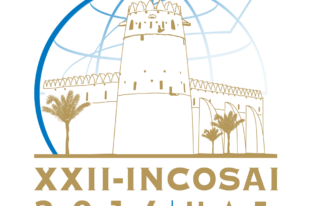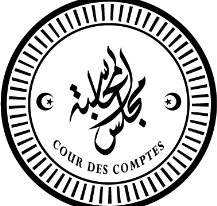YES…More than a Conference, It’s a Network!

SPOTLIGHT ON #FAIL WORKSHOP
 Delivering engaging, interactive presentations was a YES event highlight, and #FAIL succeeded in inspiring young auditors to take chances! Remaining relevant in a constantly changing world requires continuous innovation. At the same time, change, which can be difficult, requires experimentation and, more often than not, failed attempts. In a joint presentation developed from Rekenkamer (SAI Netherlands) and the Wales Audit Office, young auditors were exposed to applying innovation in the auditing field.
Delivering engaging, interactive presentations was a YES event highlight, and #FAIL succeeded in inspiring young auditors to take chances! Remaining relevant in a constantly changing world requires continuous innovation. At the same time, change, which can be difficult, requires experimentation and, more often than not, failed attempts. In a joint presentation developed from Rekenkamer (SAI Netherlands) and the Wales Audit Office, young auditors were exposed to applying innovation in the auditing field.
The workshop kicked off with an introduction to the change adoption curve, where participants were asked to identify where they, as well as the institutions for which they work, fell within the range from “innovators” to “laggards.” The outcomes demonstrated that individuals identified as innovators and early adopters (quick to adopt change) while their respective institutions were perceived as laggards (slow to adopt change).
Ms. Sanne Kouwenhoven, representing SAI Netherlands, along with Mr. Stephen Lisle and Mr. Simon Lloyd-Smith from the Wales Audit Office shared personal experiences working in program teams designed to promote innovation and utilize data analytics within their organizations.
Lisle and Lloyd-Smith discussed a specific project, “Cutting Edge,” dedicated to “cutting edge audit through cutting edge technology and cutting edge people.” According to Wales Audit Office leadership, the project, which incorporated junior staff members, added tremendous value and led to considerable investment in data analytics.
Ms. Kouwenhoven revealed some successes (and failures) with “DOEN,” a SAI Netherlands program geared toward innovation. DOEN, the Dutch verb for “doing,” emphasized “doing different things and doing them differently,” she explained. Conducting innovative audits with a focus on data analysis and visualization, as well as experimenting with new methods, such as participatory audits, were a few of the program’s innovative initiatives.
During the collaborative presentation, a lack of cultural change was highlighted as a barrier to innovation. The presenters shared that having buy-in from senior management; empowering junior staff to take risks, providing ample project resources, and affording teams the freedom to fail were additional ways to adopt, and adapt to, change.
#FAIL encouraged participants to risk failure in order to succeed!





